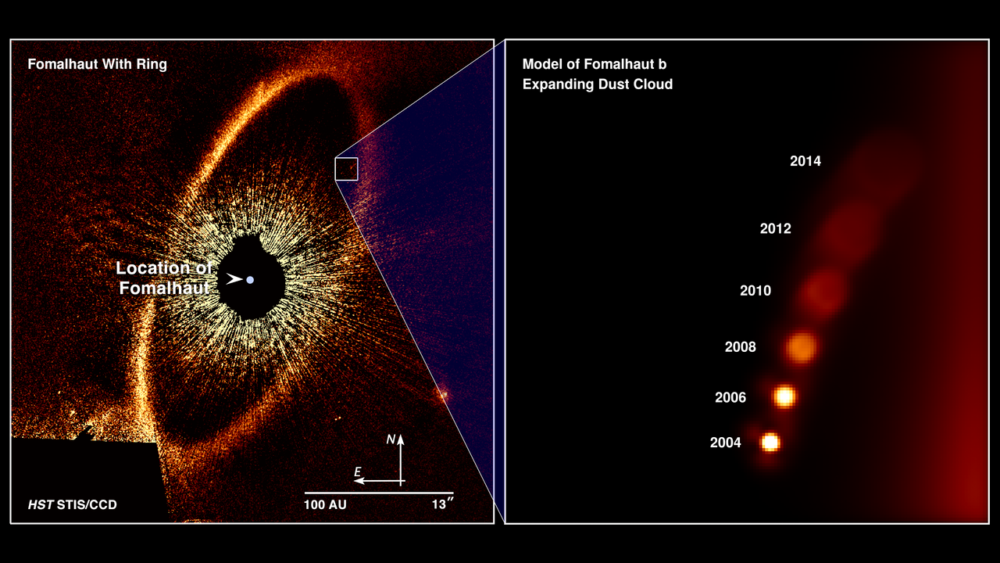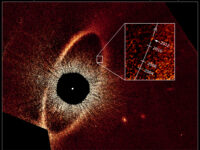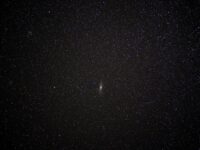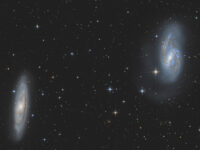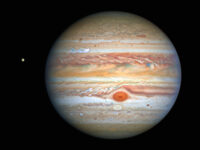In 2008, news was abuzz with the detection of a massive exoplanet just 25 light years away from Earth, practically in our cosmic backyard. While the features of neither the exoplanet, Fomalhaut b, nor its star, Fomalhaut, were extraordinary, this discovery was notable for two things that unfolded in its wake.
First, it proved that Fomalhaut b really did exist — a possibility that had only been theorized since the early 1980s. Second, perhaps more importantly, the discovery was proof to the scientific community that exoplanets could be detected by direct imaging. Until then, discovery efforts had either utilized transits or measured the suspected planet’s gravitational interaction with nearby objects. These methods work only when the exoplanets are huge enough to either be seen against the backdrop of their host stars or to cause noticeable disruptions in the surrounding space.
Another method brought to light by the success of Fomalhaut b’s discovery required telescopes to use a coronagraph to block Fomalhaut’s light, thus creating an artificial eclipse. The subsequent dimming made it possible to detect Fomalhaut b, which would have otherwise been engulfed in its star’s brightness.
The discovery was confirmed by two other independent studies, and cited by many more. Fomalhaut b was also among the winners of NameExoWorlds in 2015, an unprecedented contest conducted by the International Astronomical Union, after which it was crowned ‘Dagon.’ As with any exoplanet discovery, researchers began to theorize how Dagon came to be.
Two theories persisted, one that claimed Dagon formed near Fomalhaut and pushed outwards to its current location, and another that theorized that Dagon formed in its current position. One of the tasks of the much awaited James Webb Space Telescope was to decipher Dagon’s features in detail. Dagon checked all boxes in terms of position, brightness, and orbit. Dagon’s behavior was exactly what astronomers expected. There was only one problem: The exoplanet did not exist.
Dagon’s behavior was exactly what astronomers expected. There was only one problem: The exoplanet did not exist.
Fomalhaut’s system is only 200 million years old, hinting that the planets are still cooling, during which they release tremendous amounts of heat as infrared radiation. However, none of the Earth-based telescopes detected the planet in infrared wavelengths. This puzzle was further deepened by observations that Dagon was fading, disintegrating, and expanding.
Latest research, published on April 20, 2020 in the Proceedings of the National Academy of Sciences (PNAS), outlines Dagon’s atypical behavior; it concludes that Dagon is actually a dispersing cloud of dust that has been reflecting its star’s light in such a way as to produce the illusion of an exoplanet.
“Fomalhaut b represents a phase in planetary system evolution that we had never imaged before, so it is now a benchmark in a new direction,” George Rieke, a professor at the University of Arizona and co-author of the 2020 PNAS study, told NU Sci.
Rieke emphasizes that Dagon’s 2008 discovery was of high quality and completely accurate considering the information known at the time. Back then, there was no reason to doubt the nature of the exoplanet. Moveover, given the thorough vetting process that new discoveries go through before being announced to the public, instances like these are extremely rare.
“You are not allowed to call the newspapers just because you found a faint object near a bright star — you have to wait patiently for a year or two,” explained Rieke.
The events that unfolded since the discovery: additional research and monitoring to detect changes in Dagon’s behavior have updated our knowledge about the Fomalhaut system. At its core, this is how science works. With ongoing research, old knowledge evolves with fresh insights, and on the whole science keeps moving forward.
“If we did not evolve in our understanding and change our interpretations, science would be a very boring enterprise,” says Rieke.
Source: 1
Image source: NASA, ESA, and A. Gáspár and G. Rieke (University of Arizona).
